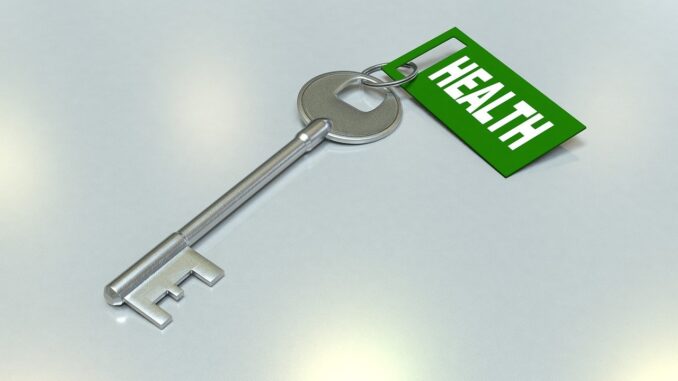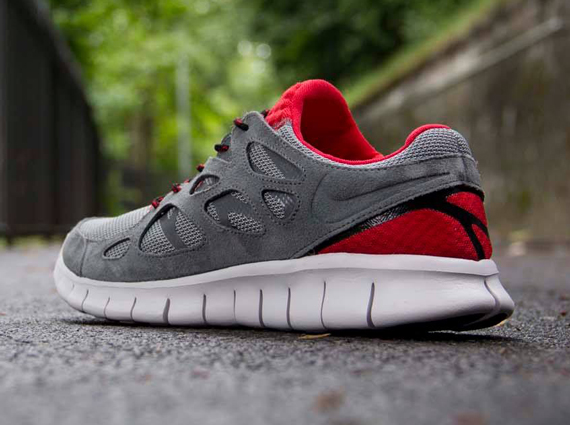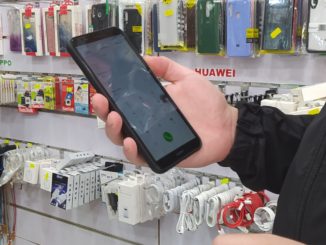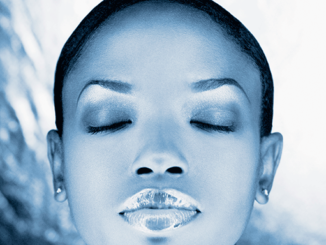
By Crystal Lewis – Carbelles
The COVID-19 pandemic has changed the way in which the world moves around. At the start of the pandemic, many believed that the country would get a hold of the spread of the virus, and do whatever it took to get out in front of it all. Current restrictions on what people do or where they go has had an incredible toll on their mental and physical well-being. Feeling like a prisoner not only in their home, but also their body, sparked an interest in working through those constraints. “Exercise is transformative to one’s mental health. I regularly recommend exercise as a mode of treatment in my therapeutic practice.” says licensed clinical professional counselor, Jessica L. Webb. Webb has helped hundreds of clients over the course of her professional career as the owner of Helix Psychotherapeutic Solutions, LLC .
Gyms and fitness studios were mandated to shut down. This led folks to be creative, collaborative and committed to finding new ways to stay in shape. Online fitness courses began to crop up all over the internet. Their goal, to meet the public where they were. Group exercise challenges also created an alternative way to stay fit.
In May, an HBCU alumni Facebook group for former students of the University of Maryland Eastern Shore, UMES Hawk Pride, led the charge to get their group members up and out of the house. UMES alum, Troy Perry, announced to the group of almost five thousand members that he was starting a Nike Run Challenge. The goal was to run or walk 50 miles for the month of June. His reason was simple. He wanted to “motivate fellow UMES Hawk alum to get regular cardiovascular activity and promote positive health practices”. That one post generated over 650 comments, from alumni ready to take on the challenge.

Two months later, and the challenge is still a huge success. As Perry said in his initial post to the UMES alumni group, “it’s not a competition”. But how did this small call to UMES alumni create such a huge buzz to get folks out and active during a global pandemic?
Did you ever expect the challenge to be as popular as it was?
Honestly, I had no idea that this challenge would grow to be as popular or continue over multiple months. I initially proposed the idea for personal motivation to improve my cardiovascular activity while my gym was closed due to the COVID-19 pandemic. However, the idea took off following a Facebook post in the UMES “Hawk Pride” Alumni group. I would be remiss if I did not acknowledge the collaboration and partnership with Teonna Wallop in this initiative. She has been a great partner (i.e. creating shirts and daily accountability posts) and played a major part in the popularity of this challenge.
What does it mean to see so many Hawks actively participating in this challenge?
I am amazed by the engagement and growing participation in this challenge. In the past few years, I know of several UMES alumni who lost their life, in part, due to poor fitness and nutrition. Seeing this large collection of fellow Hawks making their fitness a priority by walking and running towards a common goal makes me confident that we’ll see Hawks living longer lives.
And Perry was correct, poor fitness and poor nutrition is a huge driver to death by heart disease. According to Heart.org, heart disease is the number killer for all Americans. Heart disease doesn’t discriminate; it doesn’t matter your race, gender, or nationality. It also doesn’t care if you’re overweight or underweight. What matters is a person’s predisposition to the disease. There are risk factors that we all must consider as we take charge of our individual health care. African Americans have a significantly higher level of high blood pressure diagnoses than do whites. And outside of the obvious reasons as to why this is, such as poor access to supportive healthcare professionals and widespread food desserts, African Americans also have to contend with being genetically predisposed.

There were also financial benefits from the challenge. Wallop designed tank tops in June, for alum to buy and represent the fitness initiative. The popularity of the shirts was so huge, that she ran two more shirt drives and was able to donate money to UMES from the shirt sales on behalf of the alumni group. Wallop was equally impressed by the excitement of the challenge and shared that she was “so excited to see our alumni engaged in fitness and at this level. It’s so freaking amazing!”.







